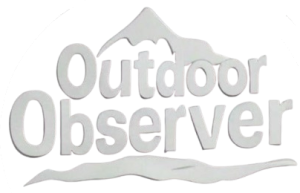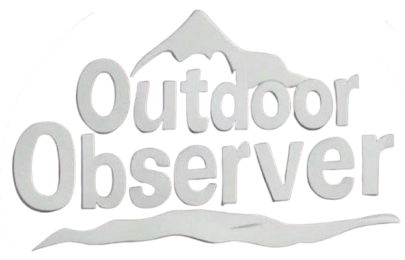This Content Is Only For Subscribers
In 2025, the United States introduced several significant regulations affecting fishing and hunting activities, eliciting diverse reactions from stakeholders.
Expansion of Hunting and Fishing Opportunities with Lead Ammunition Restrictions
The U.S. Fish and Wildlife Service (USFWS) proposed the 2024–2025 Hunt Fish Rule, aiming to increase hunting and fishing access across 211,000 acres in 12 National Wildlife Refuge System units. This initiative encompasses 53 distinct opportunities. However, it also includes a prohibition on traditional lead-based ammunition and fishing tackle in these newly expanded areas. While conservationists support the move to non-lead alternatives due to environmental concerns, organizations like the National Shooting Sports Foundation (NSSF) argue that the ban lacks scientific justification and could make hunting less accessible.

State-Level Legislative Developments
In Wyoming, House Bill 109 was introduced, proposing a two-year suspension of hunting, fishing, and trapping privileges for individuals convicted of trespassing while engaging in these activities. Critics, including local hunters, describe the measure as draconian, fearing it could lead to disproportionate penalties for minor infractions. Conversely, agricultural groups contend that stricter penalties are necessary to deter intentional trespassing.
Federal Regulatory Actions and Industry Response
The Biden administration implemented regulations banning lead ammunition and fishing tackle in certain national wildlife refuges. Advocacy groups such as the International Order of T. Roosevelt (IOTR) argue that this decision effectively restricts hunting by limiting the use of popular and affordable equipment, potentially reducing participation in hunting activities. They assert that the move aligns with broader anti-hunting agendas

Constitutional Amendments on Hunting and Fishing Rights
Florida passed Amendment 2, enshrining the right to hunt and fish in the state constitution. Supporters view this as a safeguard for traditional practices, while opponents express concerns that the amendment’s vague language could lead to the rollback of environmental protections and the legalization of controversial hunting methods.
The 2025 legislative and regulatory landscape for fishing and hunting in the U.S. reflects a complex interplay between expanding access, environmental conservation, and the rights of sportsmen and women. As these new laws take effect, ongoing dialogue among policymakers, conservationists, industry groups, and the public will be crucial to balance tradition, accessibility, and ecological stewardship.



